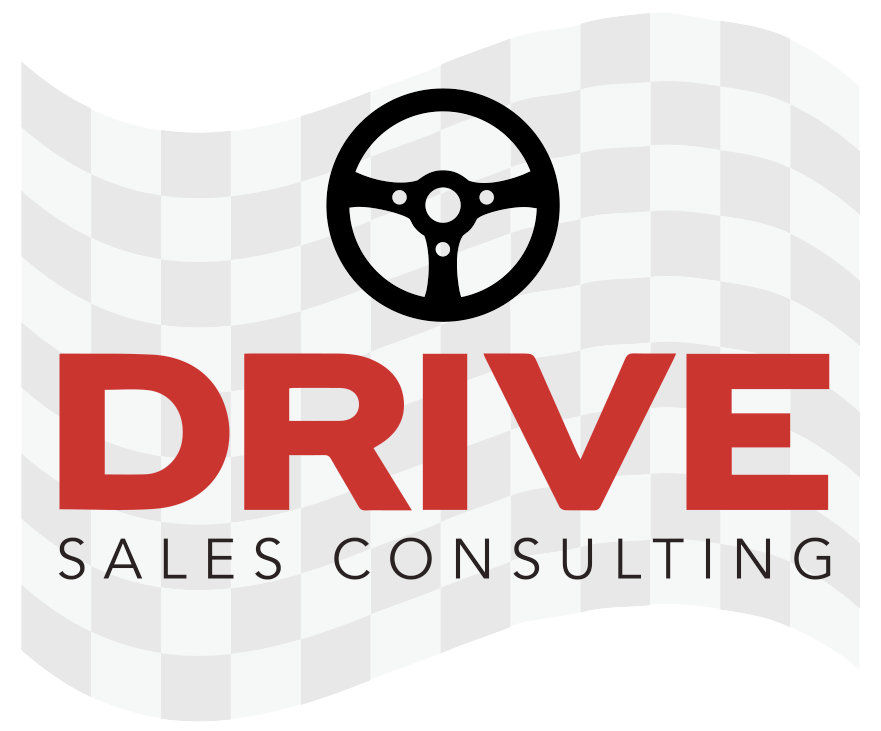Does your sales organization gain enough client information to win consistently?
Are you old enough to remember Bjorn Borg, the Swedish tennis phenom? You know, long blond hair, headband, scruffy face. His fitness and innovative topspin forehand helped him win 11 Grand Slam titles in the 1970’s. Less memorable was his comeback in the 1990’s. Borg quickly learned that a wooden racquet and topspin were no longer game-changers.
Likewise, the phrase “consultative selling” may bring back memories. It should, it’s been around for over 40 years. It’s tempting to dismiss the approach as old-school. Like Borg’s wooden racquet, surely this tool won’t win deals today. Right?
Wrong. For two reasons. First, there is a misunderstanding of what it is. And, second, there is an incorrect assumption that everyone does it.
There’s a commonly held belief among salespeople (and their managers) that consultative selling is about identifying and addressing a customer’s needs. While these things are important, they don’t go far enough. For a long time now, the internet has empowered clients to source and research their own list of vendors.
In a sales meeting today, asking a few questions and describing your capabilities isn’t enough to win, when other vendors can do the same thing and your client knows it. Today, selling consultatively means asking deep enough questions, and listening acutely, to uncover an accurate and complete picture of a client’s urgent and compelling needs. Do your salespeople do this? Do your sales managers know how to do this?
The second incorrect assumption is that, because consultative selling has been around a while, everyone must do it. Have you ever heard the expression, “common knowledge isn’t common practice?” It applies. Based on a survey of over 1.9 million salespeople from 200 industries and 130 countries, how many are strong at the consultative selling competency? Get ready for it: 12%!
This means that, when 10 salespeople compete for a deal, only 1 of them will ask the kind of questions that enables her to position value in a way that a client will find compelling enough to agree to a change. What about the other 9? They walk away with participation trophies or, in this case, believing that they would have won if they had a lower price.
Does your sales organization sell consultatively, or just talk about it? For leaders who are driven to accelerate growth, I offer these five proof points to test whether your people are in the 12% or 88% of consultative sellers:
Client knowledge: When you ask your people about a new business opportunity, are their answers limited to either their perspective (on size, timing or competitive advantages) or that of one decision maker (“he loves us”)? Or are they able to articulate the client’s urgent need, voiced by multiple people in the decision chain, that the status quo must change, and change now? This requires less talking, more high-mileage questions and more listening; how comfortable with silence is your sales team in client meetings? Do they wait for the client to fully unpack their concerns and challenges, or do they rush in to “solve” what they think is their problem?
DQ’s: What percentage of pipeline opportunities get disqualified (“DQ”), rather than pursued, by your team? This takes client knowledge (see #1 above) and a disciplined process that is supported by your managers.
Win conversion: What’s the ratio between proposals and wins? How often do deals die at the proposal stage? If your people are gaining strong client knowledge (#1), and they (and their managers) use rigorous qualifying criteria and process (#2), they should be winning 50-80% of deals they decide to propose or pitch.
Win quality: What percentage of new wins meet your criteria for a solid deal? How often does your sales team (including managers) say they lose on price? What percentage of them require discounting, or an exception to minimums, or require non-standard workarounds? Who benefits from this new win?
Trending: Are you seeing upward movement in the organization’s ability in the above areas?
Gaining objective, accurate and predictive data on your sales team’s consultative selling skill -- as well as the 20 other competencies required to sell effectively today -- will tell you how to properly shape and support the sales effort to bend the revenue curve.
If you track the data above in your CRM, and feel confident about its accuracy, these proof points should be easy for you to measure. If you don’t have access to that data, and are relying on your sales managers, how do you feel about their knowledge and objectivity to give you a true read on your sales organization’s selling skills?
If you would like a clear picture on the strength of your sales organization’s selling abilities and potential, I can help you with that. In the meantime, here is a link to a free whitepaper on what the data say about “The Science of Sales Effectiveness.”
Bjorn Borg might never have won another tournament with his wooden racquet. If your sales team is going to market with stale consultative selling skills, do yourself a favor: buy them a new racquet and arm them with the skills they need to come home with more than a participation prize.

